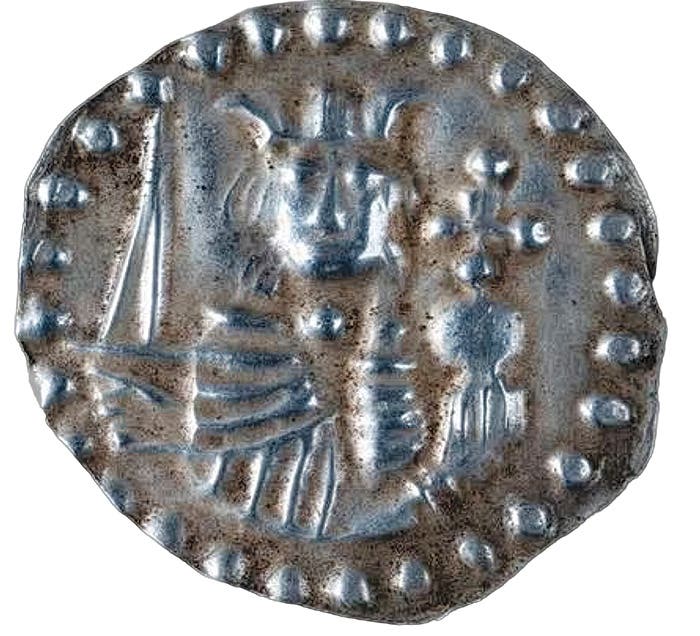Belgium Experiencing Coin Shortage
According to Febelfin, Belgian citizens carry an average of 56 euros, down more than eight percent from the 61 euros they carried prior to the Coronavirus pandemic.
It’s expensive to make money. This is true in business, but it is also true if you are a central bank needing to meet the demands for physical cash in circulation. The Philippines is trying to resolve its coin shortage by encouraging people to empty their piggy banks while simultaneously encouraging using electronic transfers to alleviate the need for cash.
Belgium is finding they have more in common with the Philippines dilemma than they might wish. According to the European Central Bank, physical cash was used for 59 percent of all point-of-sale transactions within the eurozone in 2022, which was down from 72 percent in 2019. Although, according to ECB research, many consumers prefer electronic payment methods, they also value the option of paying with cash. This is especially true for those aged 55 and over.
The highest preference for cash rather than electronic payment usage is in Austria, where 45 percent of the citizens prefer physical money. This is followed by Germany at 30 percent and Ireland at 28 percent. Finland is low on the cash usage totem pole, with only seven percent of its citizens indicating they still prefer to use physical currency.
Belgian merchants have been required by law to accept cash and electronic payments since July 2022. Before this, some shops refused to accept cash, while others refused to accept electronic payments. Consumers are supposed to report any merchant not in compliance with the current laws to the Economy Ministry.
According to Febelfin, Belgian citizens carry an average of 56 euros, this being a decrease of more than eight percent from the 61 euros each Belgian carried prior to the Coronavirus pandemic.
Belgium is trying to encourage electronic payments. July 1 was Digital Payment Day, a day on which Bancontact Payconiq Company, Febelfin, Mastercard, Visa, and Worldlines promoted digital payments through cards, smartphones, watches, and other connected devices.
Businesses within the European Union are not allowed to charge customers extra for using credit or debit cards in stores or when making online purchases.
On July 8, the Belgian Treasury launched a #spendyourchange campaign on social media, urging citizens to find and use their loose change coins. This might sound petty, but there are currently more than 4.2 billion coins in circulation in Belgium, with an estimated value of more than €1.5 billion or about $1.63 billion U.S.
Despite this impressive statistic, Belgium still has a coin shortage. Comeos, Febelfin, and Unzio, issued a joint statement in 2022 on hoarding 5-, 10-, and 20-cent euro coins. Belgium has been using Swedish Rounding to the nearest five-cent value since 2014 and made this rounding obligatory for cash purposes on Dec. 1, 2019, subsequently ceasing production of 1- and 2-cent euro coins as being too costly to make. Businesses are still obligated to accept the two lowest coin denominations as legal tender. It has been suggested one reason coins aren’t being circulated is due to the expanding popularity of using digital payment methods.
According to the joint statement issued by Comeos, Febelfin, and Unzio: “These coins are not circulating enough. Since the corona crisis, consumers have been using these coins significantly less to pay for their purchases and therefore end up storing them instead, preventing them from returning to the circuit at retailers and banks. However, since retailers are still demanding these coins, a shortage is being created.”
You may also like:









